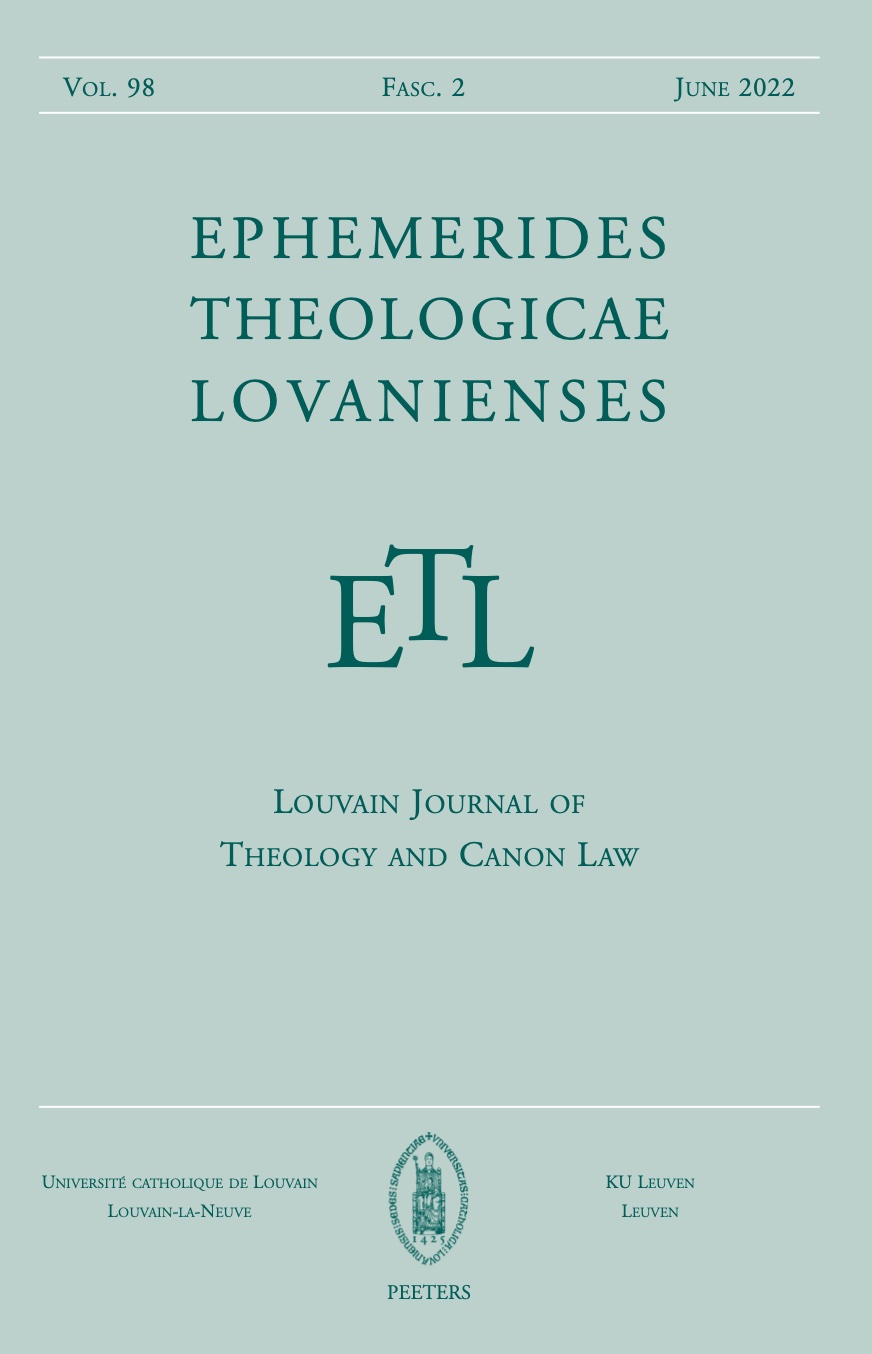 previous article in this issue previous article in this issue | next article in this issue  |

|
Document Details : Title: Ahreman in Armenien Subtitle: Untersuchungen zu den christlich-orientalischen Zurwān-Texten Author(s): SCHILLING, Alexander M. Journal: Ephemerides Theologicae Lovanienses Volume: 96 Issue: 2 Date: 2020 Pages: 313-405 DOI: 10.2143/ETL.96.2.3288276 Abstract : The article deals with the well-known myth of Zurwān, for the first time mainly from a historico-political point of view. Initially, the two Armenian versions extant are philologically confronted with two Syriac and two Arabic versions, arranged in a synoptic table, and as a whole translated into German. Reviewing the most recent scholarly opinions on Zurwān, discussing probable connections between the Armenian and Middle Persian evidence, and adding hitherto unknown parallels from the Indo-Aryan tradition to one enigmatic detail (i.e. Zurwān’s tears), the present author argues that the historiographical context suggests a Sasanian original that was once transcribed from the portion of a charter which in diplomatics is called its 'narratio'. The charter in question must have been issued by the chancery of Mihr-Narse, a Sasanian high official from the first half of the 5th century CE, second only to the king of kings, who is otherwise known for his eagerness to supplant on behalf of (members of) the Armenian nobility the Christian kingdom of Greater Armenia, and to implement Sasanian rule, as well as Zoroastrian religious customs, upon the people of Greater Armenia. Whereas the second version of the 'myth of Zurwān' (preserved by Ełišē Vardapet) hints towards a specific situation in the history of Greater Armenia, the earlier Armenian version (as preserved by Eznik Kołbac῾i) is likely to have derived, despite its heresiographical context, from a charter as well. Thus, the so-called 'myth of Zurwān' appears to narrate in two versions (originating from two different charters) the sophisticated structure of relations between Ahreman and Ohrmazd, Zurwān’s twins, by mythically reflecting Arsacid and Sasanian rule before, and after, the overthrow of the last Arsacid king in Greater Armenia. |
|
